Last month it was revealed that Australia’s farcical Health Star Rating system had been placed under review amid widespread concerns over its efficacy, which was beautifully encapsulated by Peter FitzSimons:
Under the system, straight milk gets four stars, while Up & Go – with added, to use the specialised term – gunk – gets four and a half stars! Low-fat strawberry flavoured milk also gets four and a half stars! Some packets of chips even get four stars!
But packaged smoked salmon? Let’s give that three and a half stars, while plain natural Greek yoghurt falls away to one and half stars. The Coles brand beer-battered frozen steak house chips get four stars. Milo, which is just under half sugar, gets four and half stars. Nutri-Grain, which is about a third sugar, gets four stars. Commercial fruit juice, depending on the brand, gets between four and five stars. And yet the World Health Organisation classifies fruit juice as containing “free” sugars that need to be restricted. So while as reputable an organisation as WHO says, “Don’t drink it, Freddie”, in Australia the government says it is about the healthiest thing you can drink. Bullshit. Water is.
…the current Health Star system steers the masses from the edge of the supermarket where you can get the fresh products of Australian farmers to the long aisles where you get the products of Big Food and Big Sugar…
Today, more people have lined up to bash the Health Star Rating system, while demanding that added sugars receive greater emphasis. From The Canberra Times:
The federal government’s health star ratings, introduced in 2014, have been heavily criticised for producing inconsistent ratings, confusing shoppers and being riddled with loopholes.
For example, a 290 gram box of Kellogg’s Nutri-Grain cereal contains 77 grams of added sugar. Yet, it boasts four health stars…
Researchers at the George Institute for Global Health analysed more than 34,000 products and found 70 per cent contained added sugars…
“There are some cereals that contain high amounts of added sugar and perform unreasonably well,” said Professor Neal. “By contrast, dairy products with lots of naturally occurring sugar, considered reasonably healthy, are getting unreasonably low scores.”
Nutritionist Dr Rosemary Stanton, who was involved in the early stages of developing the system, said health experts did fight for added sugars to be taken into account, but the food industry pushed back.
She said companies were now “manipulating” the system to get as many positive points as possible.
“It’s an absurdity that they didn’t use added sugars,” she said…
Consumer advocacy group Choice said… “added sugar should be included in the health star calculation”…
A federal Health Department spokesman said the Technical Advisory Group assisting the five-year review will consider the issue of added sugar…
I have previously raised similar concerns about the Australia’s Health Star Rating system, which is frankly a farce.
For example, why does natural virgin coconut oil receives only a half star health rating (because it contains over 90% saturated fat, which is supposedly bad):
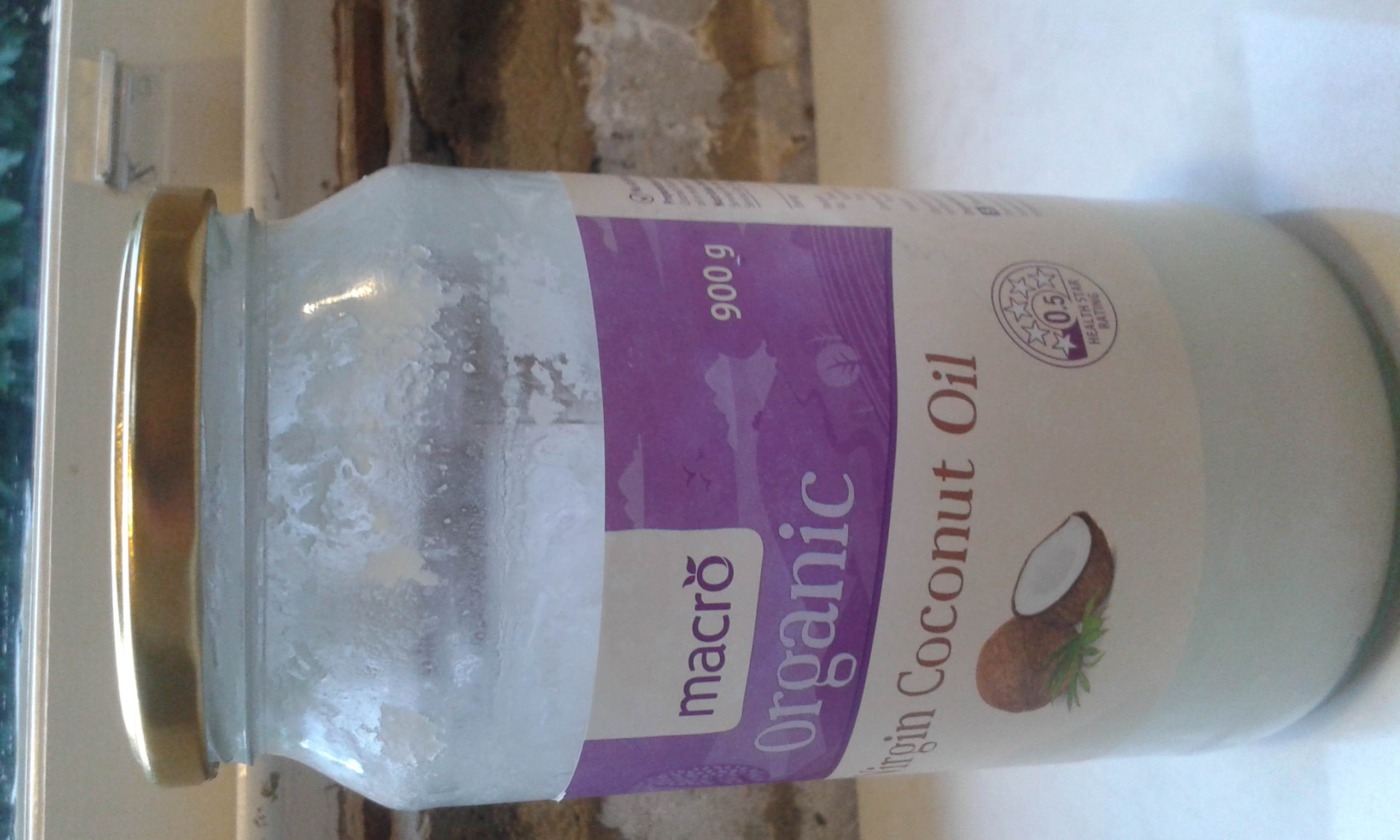
And natural full fat Greek yogurt receives only 1.5 stars (also because of its saturated fat content):
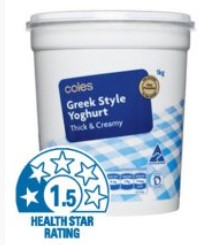
When sugary low fat yogurt receives a 3-star health rating?
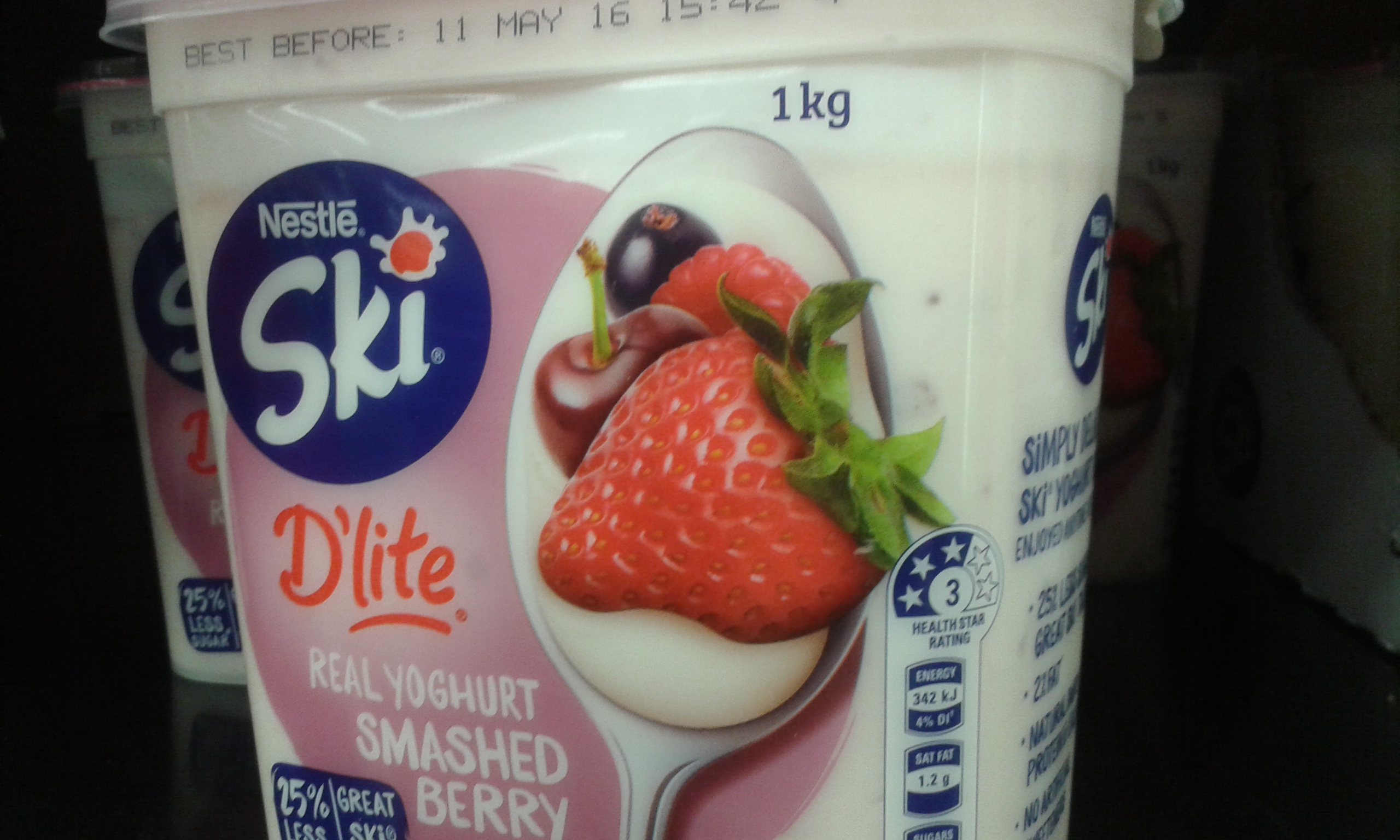
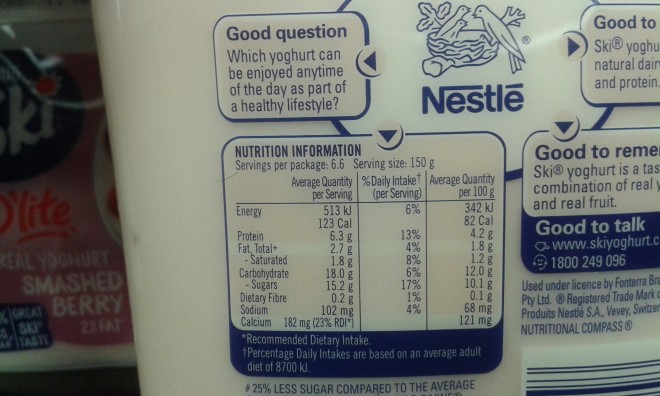
And why do highly processed cereals receive a healthy 4-star rating when they contain more than 20% sugar?
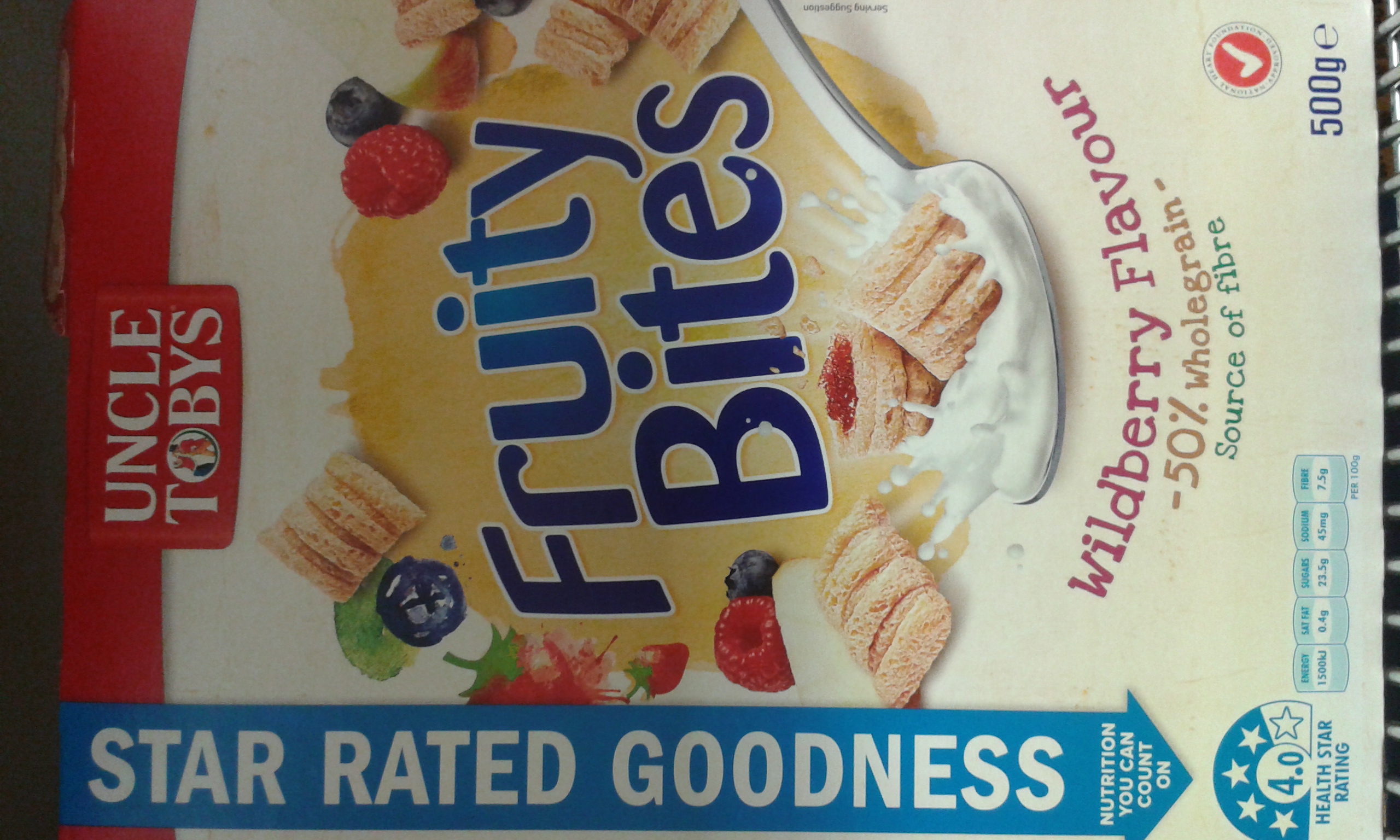
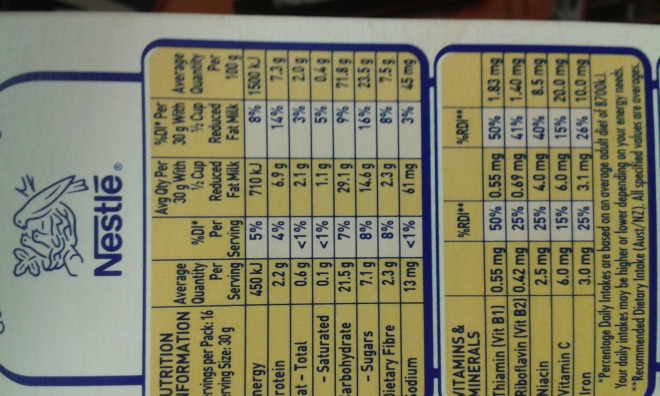
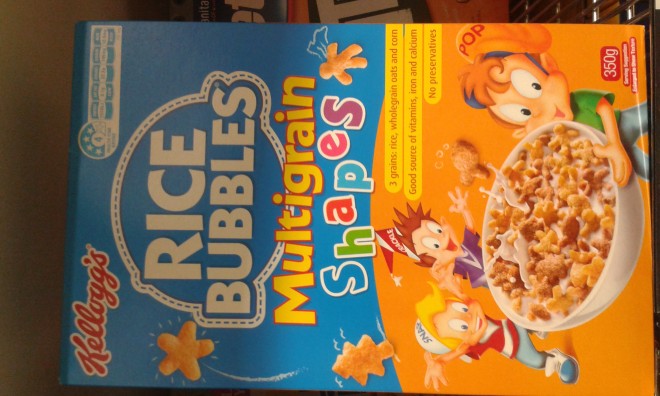
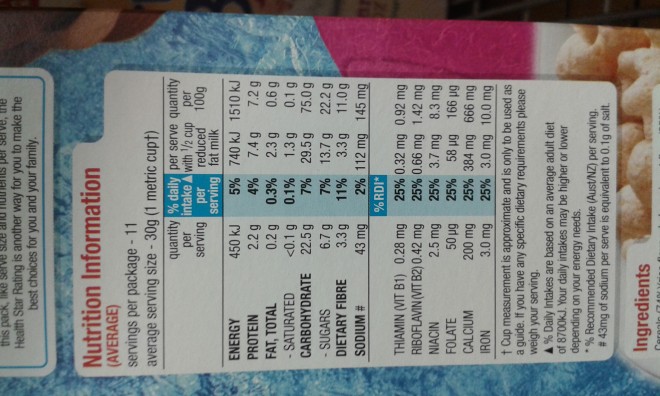
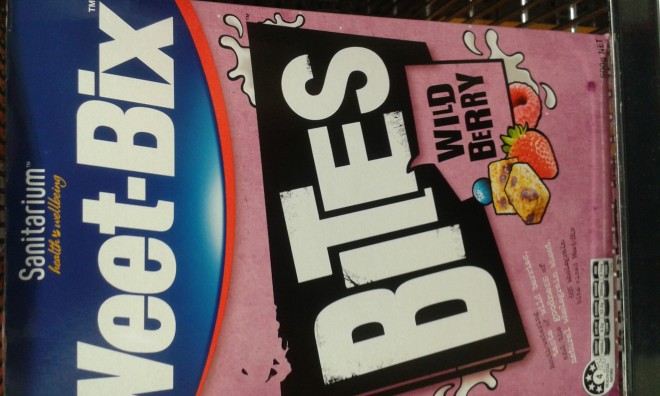
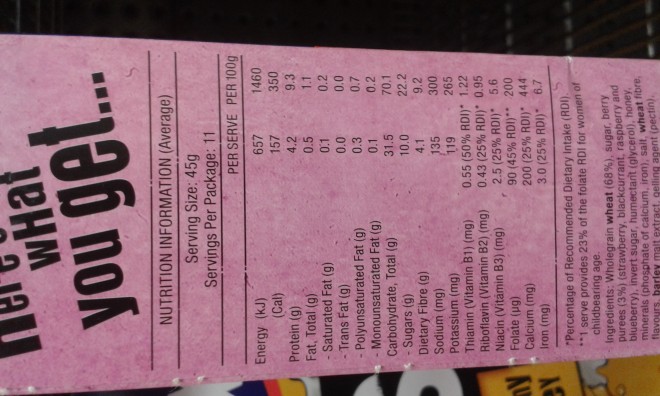
Why does a processed sugary chocolate-flavoured Up and Go milkshake receive a 4.5-star health rating?

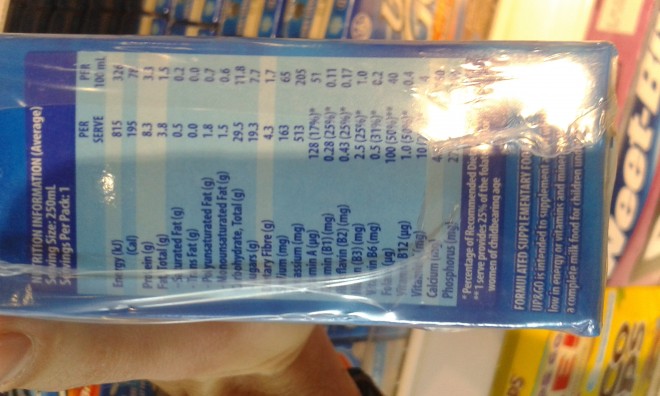
Why does a 26.8 grams per serve of sugar glass of processed apple juice receive a 5-star rating?
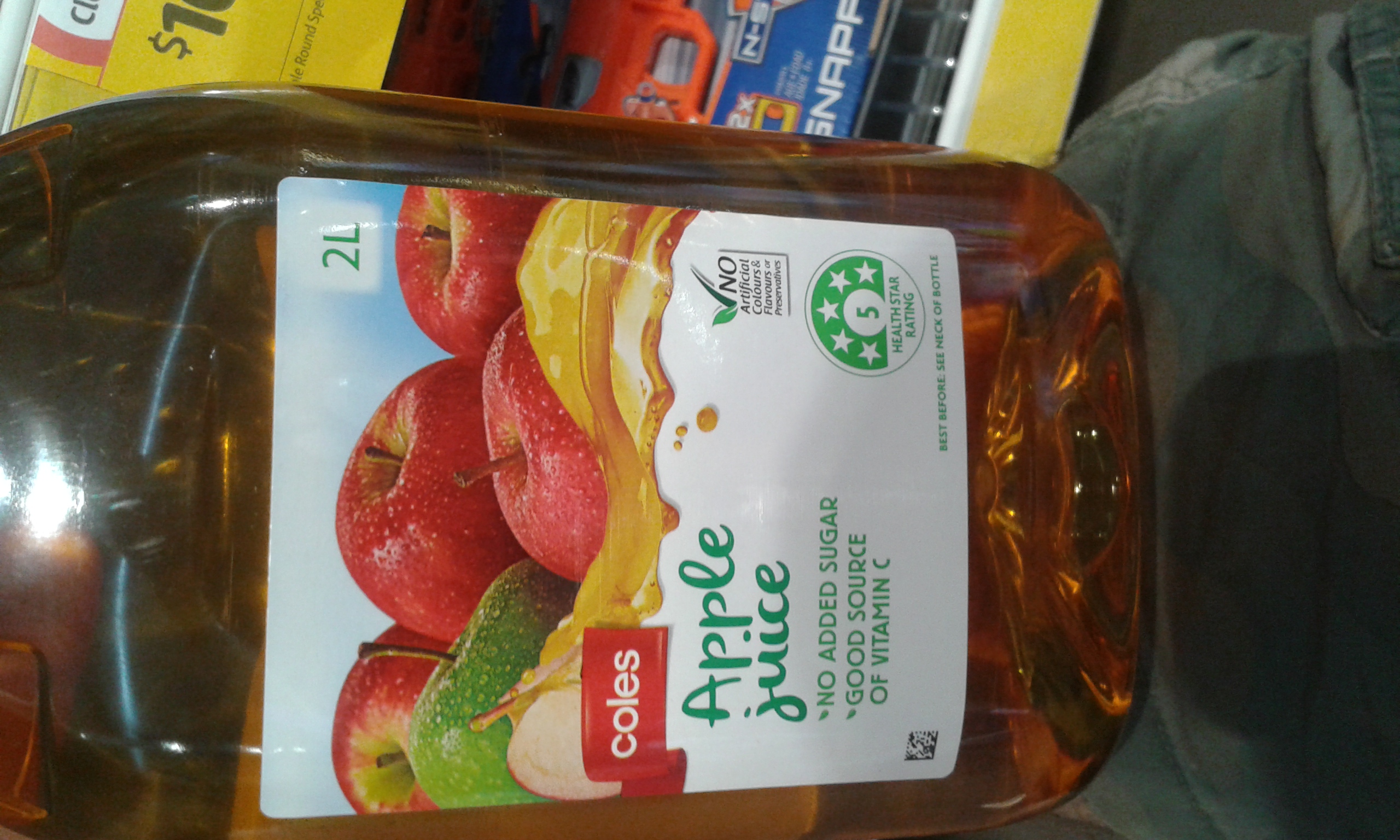
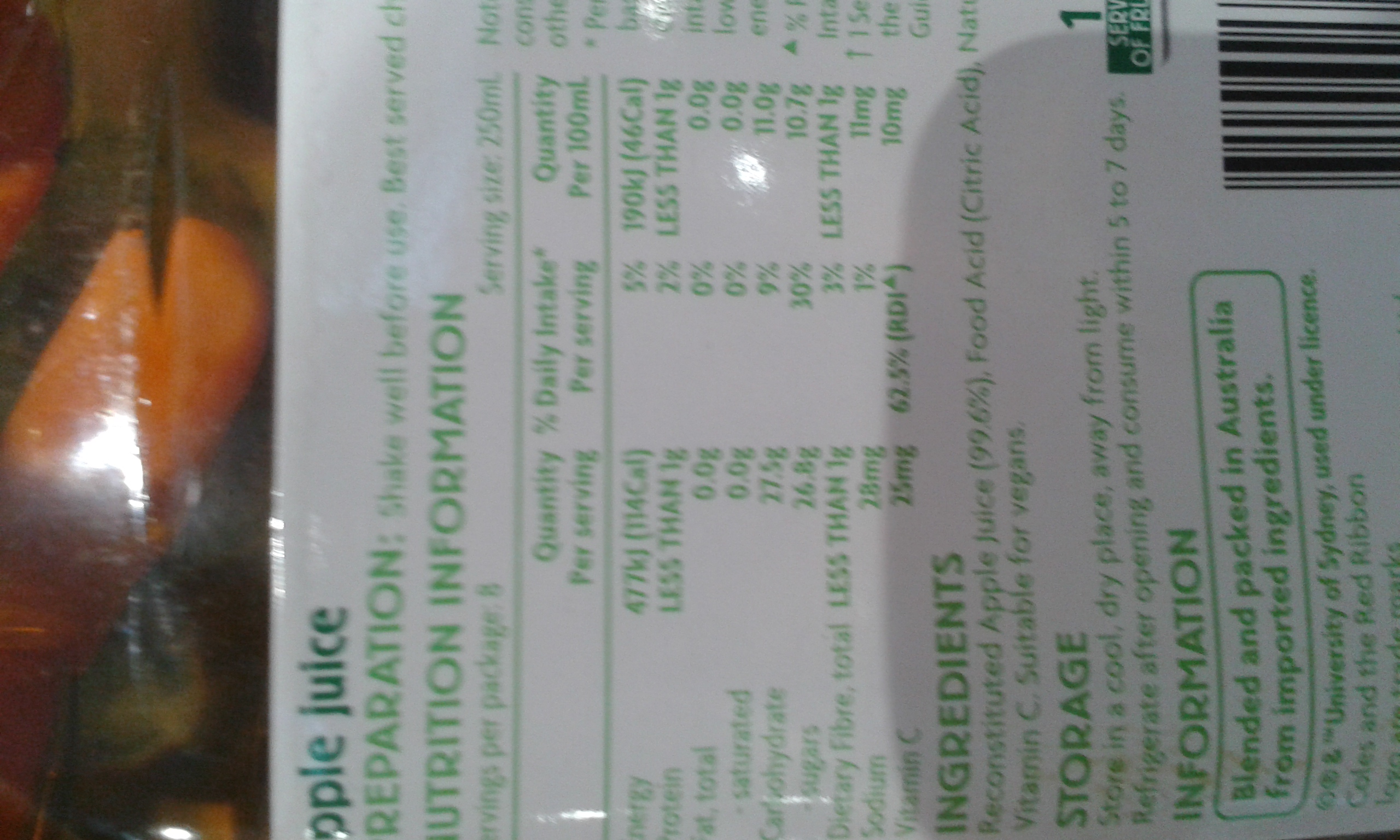
Why does a sugary processed Roll-up, which contains 26.7% sugar, receive a 3-star rating?

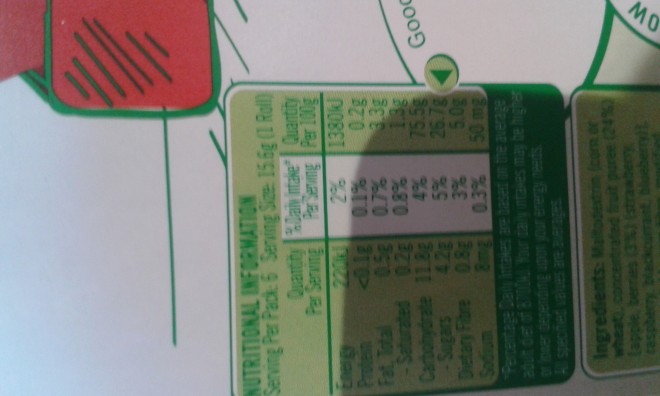
Why do sugary muesli bars receive a 4-star rating despite containing around 20% sugar?
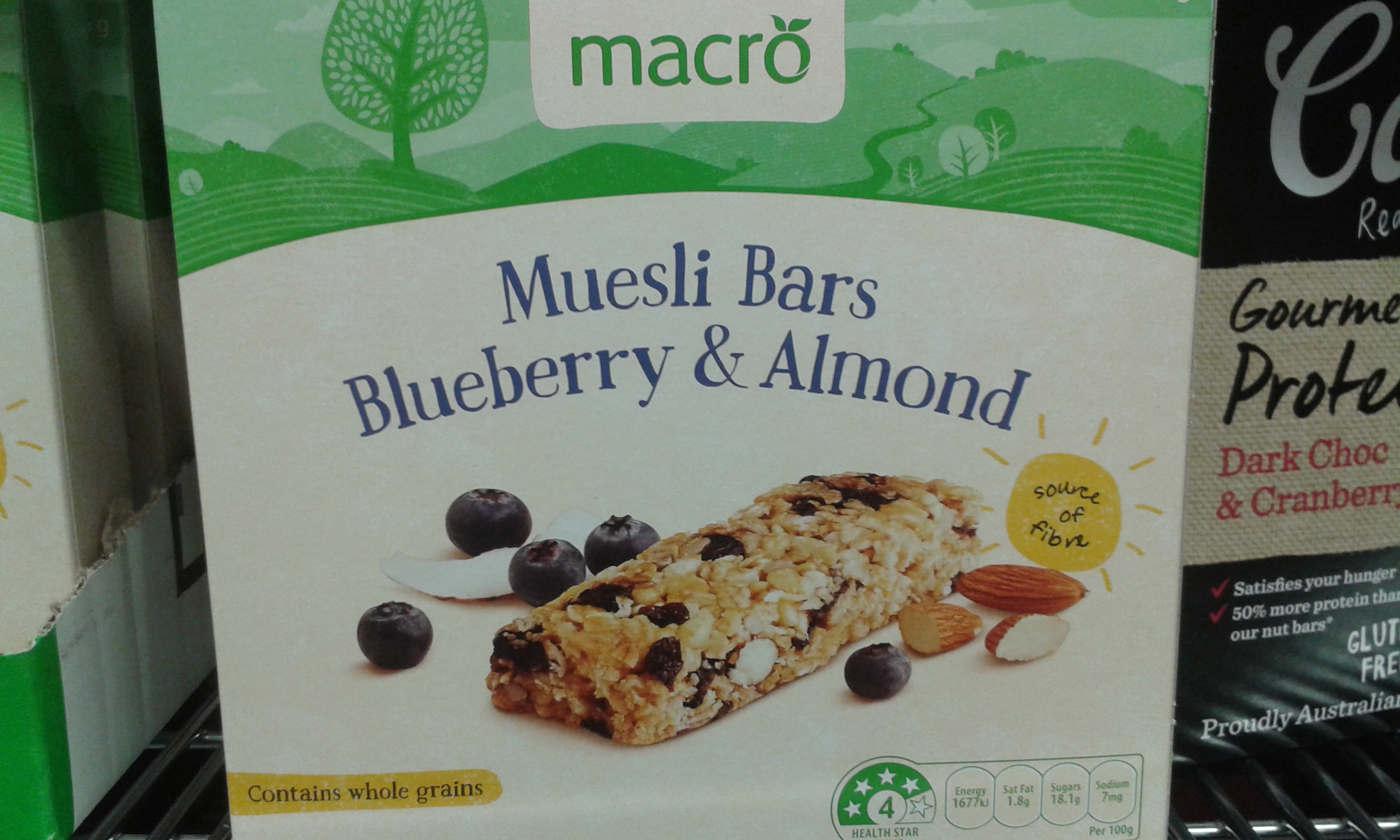
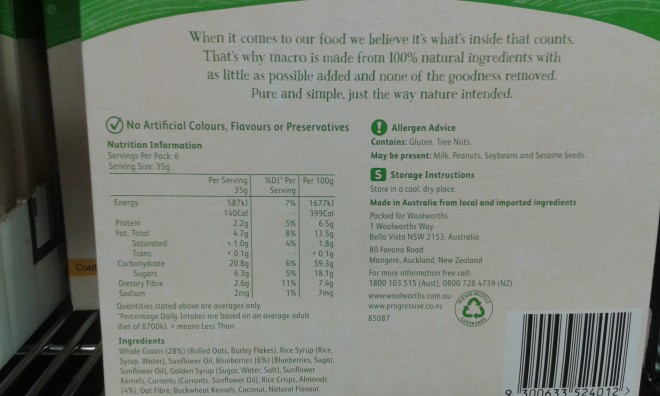
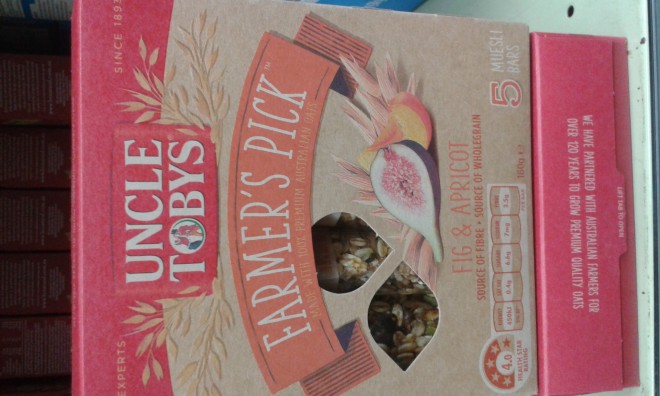
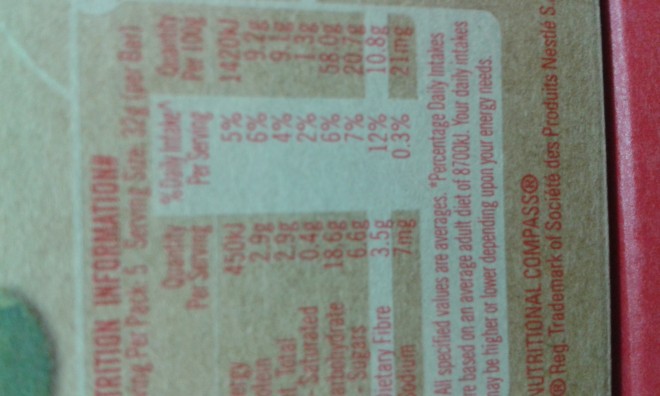
And last but not least, why does Milo receive a healthy 4.5 star health rating when it is made up of nearly half sugar?
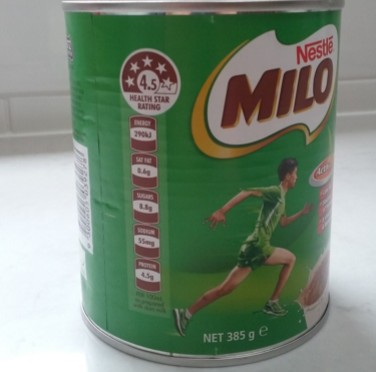
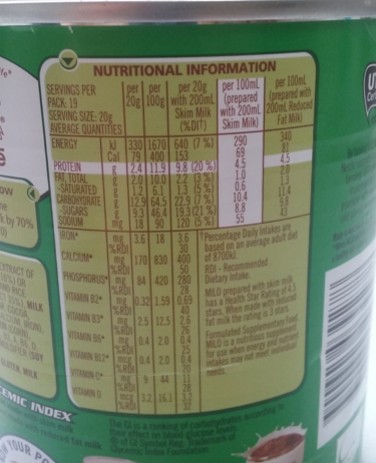
Clearly, Australia’s Health Star Rating system is busted, placing way too much emphasis on punishing natural saturated fats (despite conflicting evidence that they are even unhealthy), while all but ignoring sugar.
Here’s a thought: rather than persisting with a corrupted Health Star Ratings system, Australia’s policy makers should simply encourage Australians to avoid packaged and processed foods in favour of natural whole foods? Surely that would reduce complexity and lead to better health outcomes?

